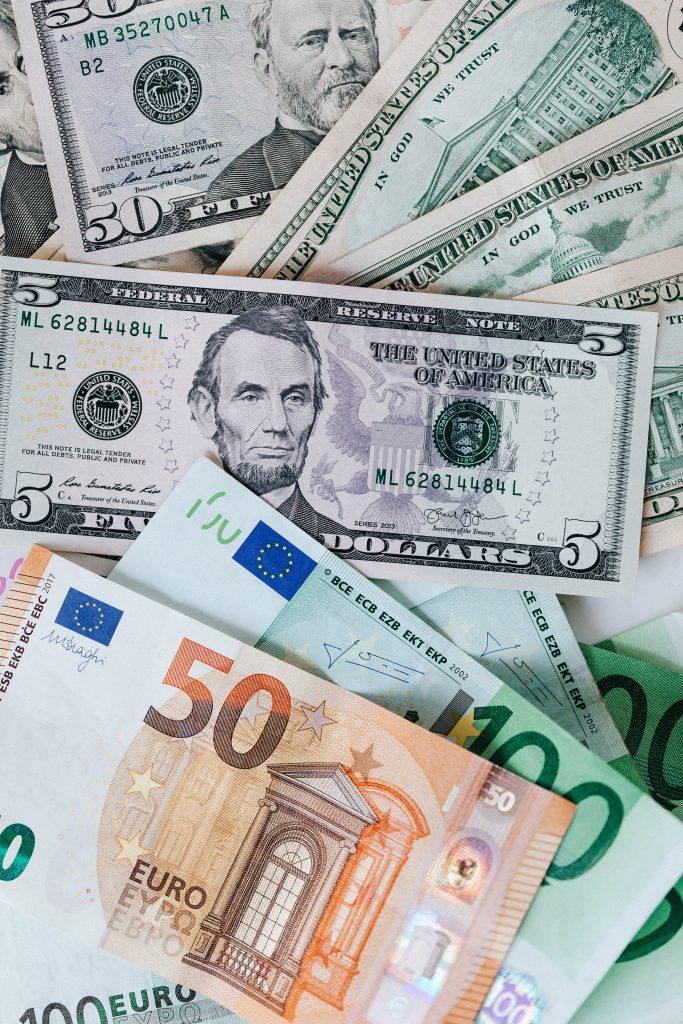When you need to send money overseas, you have a few different options. You can use a wire transfer, which is the most common method. But what is a wire transfer? How does it work? And what are the other options available to you? In this article, we will answer all of your questions about wire transfers and help you understand everything you need to know in order to make an international payment.
How exactly does a wire transfer work?
When you make a wire transfer, your bank will send the money to another bank. The receiving bank will then deposit the money into the account of the person or business you are sending it to. In order for this to happen, both banks need to have what is called a “correspondent relationship”. This simply means that they have an agreement to send and receive money from each other.

The process of making a wire transfer is actually quite simple. You just need the recipient’s bank account number and routing number (more on that later). You will also need to know the name of the bank and the country where it is located. Once you have this information, you can go to your bank and tell them that you want to make a wire transfer. They will then ask you for the necessary information and will take care of the rest.
There are a few things to keep in mind when making a wire transfer. First of all, it is important to know that there are usually fees associated with this type of transaction. The fees will vary depending on the bank and the amount of money being transferred. It is also important to keep in mind that wire transfers can take a few days to process, so if you need the money to be available right away, this may not be the best option for you.
Is a wire transfer the same as a bank transfer?
Wire transfers and bank transfers are often used interchangeably, but they are actually two different things. A wire transfer is a type of bank transfer that is done internationally, typically using the SWIFT payment network. This means that the money is transferred from one bank to another using a computer system, although it is not instant, can take 2 business days to arrive. A regular bank transfer, on the other hand, is done domestically and is often quicker depending on which country you are in; in the UK for example bank transfers are now near-instant during working hours.
Should you use your bank or a money transfer service to send money overseas?
When you need to send money overseas, you have a few different options. You can use your bank, a wire transfer service, an electornic money institution or peer-to-peer payment service like WIse, or a foreign exchange broker. Each option has its own advantages and disadvantages, so it is important to compare them before making a decision. See our guide article here for a more detailed discussion. However with fxpal.com you can compare the costs of using different types of services easily using our price comparison search tool on the front page of the site. We don’t include banks in the results since they are almost always more expensive than other methods of transferring money internationally, especially where currency conversion is necessary.
What is needed for a wire transfer?
When sending an international money transfer, you will need to provide the following information:
– The name and address of the recipient bank
– The recipient bank’s SWIFT code
– The recipient bank’s IBAN
– The amount being transferred
– Your account number
What is the SWIFT system in banking?
The Society for Worldwide Interbank Financial Telecommunications, or SWIFT for short is a vast messaging network that banks use to securely send information across international borders. The system enables financial transactions such as transferring money between two banks without having an actual physical connection between them – this way both parties can be assured their funds will reach where they’re going eventually!
It’s important not just when sending cash but also receiving payments because if one side gets blocked then the whole process could come crashing down around you: imagine trying (and failing) at getting those pesky euros out of Greece during their debt crisis!
How does the SWIFT system work?
The SWIFT network is a cooperative that’s owned and run by its member banks, all of which are connected to each other via the network. This means that when one bank needs to send money to another bank in a different country, it can do so quickly and securely without having to set up a new relationship with the receiving bank.

Each member bank has a unique identification code known as a Bank Identifier Code (BIC) which is used to identify it on the network. When sending money, the sender’s bank will send a message to the receiving bank using the BIC of the recipient institution. This message includes all the information that the receiving bank needs to process the payment, such as the amount being sent and the account number of the recipient.
Once the message is received, the receiving bank will check that everything is correct and then either approve or reject the payment. If everything is in order, the money will be transferred from the sender’s account to the recipient’s account and the whole process is complete!
What are SWIFT codes?
SWIFT codes are used to identify banks and financial institutions around the world. These codes are used for international money transfers, and are typically eight or eleven characters long.
The first four characters of a SWIFT code represent the bank’s country code, while the last four characters identify the individual bank or branch. For example, the SWIFT code for Deutsche Bank in Germany is “DEUT”.
Next comes a 2 letter country code (ISO code), followed by a two-digit location code. The location code is used to identify the city where the bank is located. For example, the location code for Frankfurt is “FF”.
Finally, there may be a three-digit branch code, which identifies a specific branch of the bank. This is optional, and if it is not included it will be replaced by XXX which indicates the bank’s head office branch.
What is an IBAN?
An IBAN, or International Bank Account Number, is a unique code that identifies bank accounts from around the world. This code is used to make sure that international money transfers are processed correctly, by both the sending bank and the receiving bank.
The IBAN consists of up to 34 characters, which include both letters and numbers. The first two characters of the IBAN represent the country code, while the rest of the code is used to identify the individual bank account.
For example, the IBAN for a bank account in Germany would start with “DE”, while the IBAN for a bank account in the United Kingdom would start with “GB”.
If you want to send or receive a payment from another country, you will need to provide your IBAN to the sender. You can usually find your IBAN on your bank statement or in your online banking account.

What is an ACH transfer?
An Automated Clearing House (ACH) transfer is an electronic funds transfer that is used to move money from one bank account to another. ACH transfers are typically used for direct deposit of payroll, tax refunds, and other regular payments.
ACH transfers are processed through the ACH network, which is a cooperative system that is owned and operated by member banks. When you initiate an ACH transfer, your bank will send a message to the receiving bank through the ACH network. This message will include all the necessary information for the receiving bank to process the payment, such as the amount being transferred and the account number of the recipient.
Once the message is received, the receiving bank will check that everything is correct and then either approve or reject the payment. If everything is in order, the money will be transferred from the sender’s account to the recipient’s account and the whole process is complete!
Can I send an international money transfer via an ACH payment?
Yes, you can! ACH payments can be used for international money transfers, as long as both the sender and the receiver have banks that are members of the ACH network. Countries which have banks which are members of the ACH network include the United States, Canada, and some European countries where banks also have branches in north America.
When would I use the Single Euro Payment Area (SEPA) network to make a payment?
The Single Euro Payments Area (SEPA) is a cooperative system that enables banks to send and receive euro payments quickly and efficiently. SEPA is used for both domestic and cross-border payments within the European Union (EU), as well as a few other countries that have adopted the SEPA standards.
In order to make a SEPA payment, you will need to provide your IBAN to the sender. The IBAN is used to identify your bank account, as well as the bank and country where the account is located.
Once the sender has your IBAN, they will be able to initiate a SEPA transfer through their bank. The transfer will be processed through the SEPA network, which is a cooperative system that is owned and operated by member banks. When the receiving bank receives the payment, it will check that everything is correct and then either approve or reject the payment. If everything is in order, the money will be transferred from the sender’s account to the recipient’s account and the whole process is complete!
Final thoughts
Making an international payment is a simple process if you have all the necessary information. With just a few clicks, you can send money to anyone in the world!

